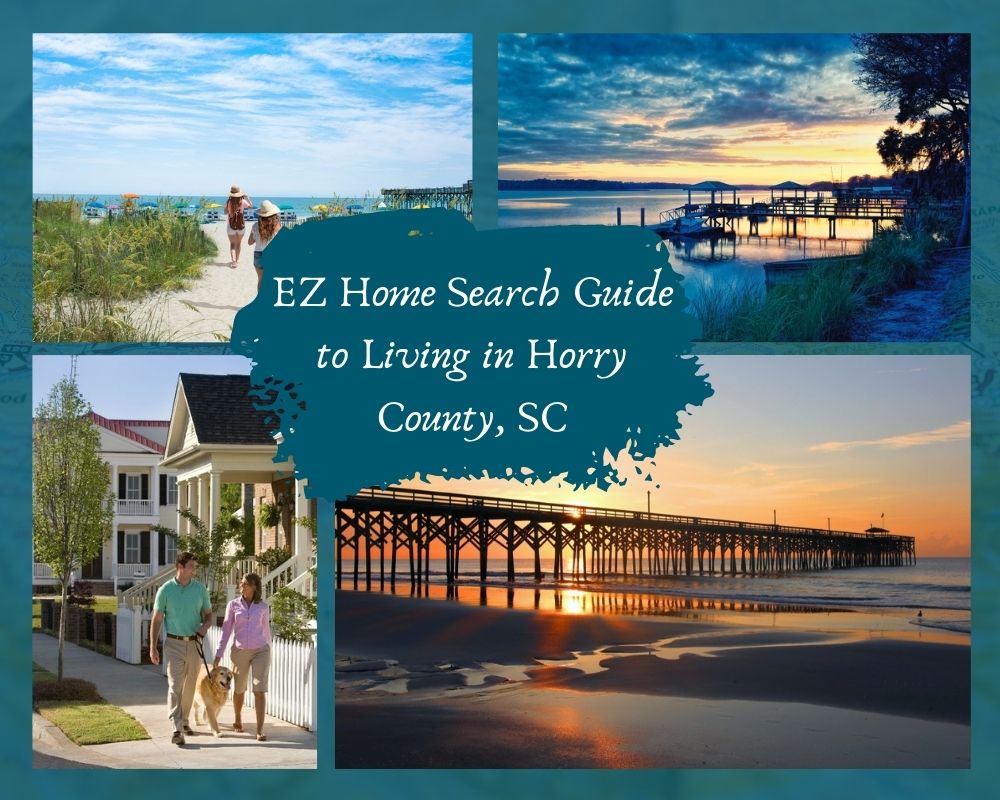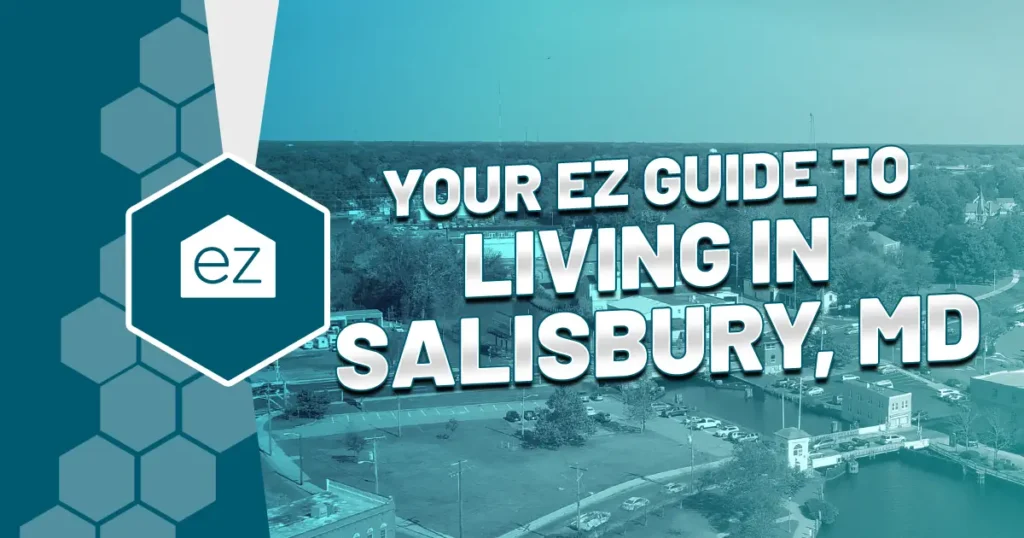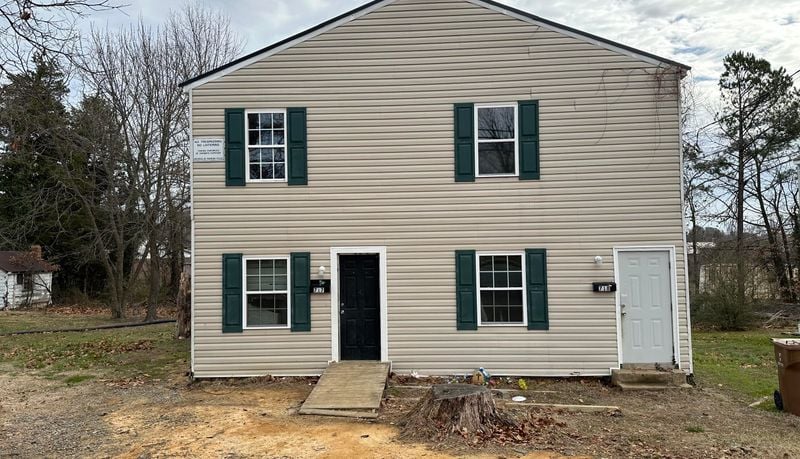EZ Home Search Guide to Living in Georgetown County, SC
EZHome Search Guide to Living in Georgetown County, SC
Welcome to the Hammock Coast, where life is laidback and rooted in nature’s bounty. Georgetown County, South Carolina, is home to miles of waterfront, from the pristine Atlantic Ocean beaches to Winyah Bay, to along the numerous rivers that flow through and make its borders.
Georgetown County lies along the Atlantic Ocean, meaning it has miles of pristine beaches. The waterfront has been crucial to Georgetown County’s development. The Pee Dee River, Waccamaw River, Black River, and Winyah Bay have historically served as critical transportation corridors for area residents. Through the historic Georgetown port and tourist destinations along the beach, they continue to serve the region. Georgetown ranked 7th in 2020 in a USA Today poll of America’s best coastal small towns.
Come and see what life is like living in historic Georgetown County.
Georgetown County History
Native American tribes that called the area home gave many natural features their names. For example, the Great Pee Dee River means “coming and going.” Other names reflect the names of the local tribes, such as the Santee, Winyah, and Waccamaw.
European explorers reached the region in the 1500s, with settlements appearing in the mid-1660s. The area around modern Georgetown was already a bustling seaport by 1729, making it the state’s third oldest city.
So much material wealth flowed through the region that pirates roamed the Hammock Coast. They use the hidden bays and barrier islands to watch for merchant ships. It is said that the infamous Blackbeard, Anne Bonny, Calico Jack, and Mary Read were among the pirates that frequented Georgetown County’s coastline.
Georgetown County became home to a thriving Gullah community, the descendants of African American slaves who worked the plantations of the Lowcountry. These descendants have a unique ethnic identity that preserved much of the various nations’ African linguistic and cultural heritage. The Sea Islands residents developed and speak a distinct Creole language.
About Georgetown County Areas
Georgetown County is geographically diverse. Its Atlantic coastline is also known as the Waccamaw Neck and is part of the Grand Strand leading to Myrtle Beach to its north.
The second distinct areas lie along the riverfronts. The Pee Dee, Waccamaw, Sampit, Santee Rivers, and various branches were essential for the early rice plantations. Today, they preserve more of the wild areas.
The third distinct area is historic Georgetown and its surrounding area. The county seat is a bustling and developed waterfront community. The city was founded in colonial times and is a popular tourist area and serves as a port for shrimping boats. In the spring and fall, you often see yachting snowbirds who follow the seasons along waterways.
Finally, the inland rural areas of Georgetown County are essential upland areas for agriculture while protecting the Lowcountry’s biodiversity.
Pawleys Island is a popular Georgetown County community. One of the oldest seaside destinations in the nation, the four-mile-long island feels like stepping back in time with its understated vacation homes. Only two classic inns serve island tourists, leaving it less crowded than other Grand Strand beachfront towns.
Murrells Inlet is another beachfront fishing town known for its family-friendly atmosphere. Litchfield Beach, established in 1978, has a quiet, natural charm about it. Unincorporated DeBordieu offers beautiful coastal scenery and proximity to golf and tennis amenities.
Inland, the town of Hemingway lies near the Pee Dee River. It was historically a crossroads community between the river and railroad. Hemingway partially lies in Williamsburg County.
Georgetown County Job Market
Georgetown’s top employing industries as of June 2021 are in Healthcare and Social Assistance, Accommodation and Food Services, Retail Trades, and Manufacturing. The industries with the most openings were retail work, customer service, laborers and freight.
South Carolina’s community report predicts the top industries for growth by 2026 are health care, accommodation and food, real estate, and administrative support roles.
Some of the largest employers in Georgetown County are the City of Georgetown, Founders National Golf, Georgetown Hospital System, Georgetown County Department of Education, Palmetto Prince George Operating, Litchfield Retirement, and assorted large-chain grocers and retailers like Walmart and Publix.
In 2020, the Georgetown County Unemployment rate was 7.5%, below the US unemployment rate. It was higher than the South Carolina unemployment rate of 6.2%.
Georgetown County Real Estate Market Highlights
Across the Coastal Carolinas, the real estate market is experiencing more year-over-year closed sales for single-family homes and condominiums. As of June 2021, the median sale price was up 22% for a single-family home and 21.1% for condominiums.
When we drill down for a closer look at the communities in Georgetown County, we see:
- Georgetown had a 50% YOY increase in new single-family listings. The median sales price was up 5.1% to $269,500.
- Georgetown condominiums declined inventory year-over-year. The median sales price rose 27.6% to $405,000.
- Pawleys Island/Litchfield also saw a decline in single-family properties. There were 25% fewer listings in June 2021 over June 2020. The median sale price increased 9.8% to $419,945.
- Pawleys Island and Litchfield condominiums also had a decline in inventory, by 26.1%. Median sales prices rose to $230,000, a 9.2% increase.
- Historically, Pawleys Island and Litchfield real estate command higher prices than the Georgetown and Horry County median.
Georgetown County Population Growth
Georgetown County’s population has slowly but steadily grown over time. The average age of a resident is 49.5 years, with most people falling in the 45 to 69 age bracket. The 55 to 59 age group represents the most number of residents.
From 2010 to 2020, Georgetown County grew by about 7,000 residents. It is projected to grow by another 7,000 residents by 2030.
As of 2019 United States census data, an estimated 62,680 people lived in Georgetown County. Demographically, most residents identified as white (63%), with another 33.6% identifying as black or African-American.
Around 22% of Georgetown County residents have a bachelor’s degree or higher. Another 29% have some college or an associate’s degree.
Georgetown County Education
The Georgetown County School District services Georgetown’s youth. In the 2021 school year, the district had 19 Public Schools serving 9,400 students across the county. The school district oversaw nine Elementary, four Middle Schools, one Intermediate School, four High Schools, one Charter, and one Alternative Program.
It had a student-to-teacher ratio of 14-to-1. The state test scores show 37% of the students were at least proficient in math, and 43% were proficient in reading.
In 2021, six private schools were available in Georgetown County. The highest-ranked was the Lowcountry Preparatory School. About half of the schools were religiously affiliated.
Georgetown County Health Care
Georgetown county is primarily serviced by Tidelands Georgetown Memorial Hospital. The center was established in 1950, carries a Joint Commission Certification, and has a 131-bed hospital. It specialties in joint replacement and spine surgery. The health center offers advanced primary stroke care and is an accredited chest pain center.
The area also is serviced through the South Carolina Department of Mental Health by the Waccamaw Mental Health Center. Its mission is to provide support services for everyone needing mental health services.
Georgetown County also has a health department to provide affordable medical care for residents. St. James Health & Wellness also has a healthcare center available in Georgetown for family and acute care needs.
Prince George Healthcare, one of the largest employers, offers personalized skilled nursing services. It is located in Georgetown.
Georgetown County Things To Do
Georgetown County is an excellent place for appreciating the abundance of nature and outdoor recreation.
Beaches
Miles of white sandy beaches run for miles along the County’s Atlantic coastline as part of the Grand Strand. The numerous beaches provide opportunities for recreation in body surfing, swimming, volleyball, fishing, and more. Explore the Hammock Coast from Georgetown, Garden City, Murrells Inlet, Litchfield, Pawleys Island, and more.
Golf
While not as famous as its northern neighbor Myrtle Beach, Georgetown County is home to some fantastic golf courses. Overall, the Hammock Coast has 12 public courses, and three of them have ranked among the best public courses in America by Golf Digest. Pawleys Island has a highly acclaimed Jack Nicklaus-designed course and one of South Carolina’s most scenic layouts. One of the newest courses is the Founders Club. Overall, Links Magazine called the community the 10th Best Island for Golfing.
Outdoor Recreation
Ample opportunities await for kayaking, canoeing, fishing, and hiking. At Waccamaw National Wildlife Refuge, explore 23,000 acres of forested wetlands, upland forest, and tidal emergent wetlands along the Waccamaw and Pee Dee Rivers.
Culture
Georgetown County lies at the heart of the Gullah Geechee Cultural Heritage Corridor. African-Americans created the Gullah community. During colonial and antebellum times, slave descendants mixed traditions and languages that were allowed to grow in isolation along the South Carolina Sea Islands. Today the Rice Museum, Gullah Museum, and Hobcaw Barony highlight the history and culture of the Gullah people.
Georgetown County Places to Eat
Another benefit to living in Georgetown County is the access to incredibly fresh seafood. Being close to the South Carolina Lowcountry and the Grand Strand’s entertainment venues, the Hammock Coast has an eclectic fusion of dining options.
Here are a few of the standout places that Georgetown County residents turn to for dining:
- Franks and Frank’s Outback is the fine dining standard along the Grand Strand. The venue is a former supermarket. They serve a variety of steaks, chops, and seafood dishes. This is a special occasion that never disappoints.
- Bistro 217 is one of the finest restaurants on Pawleys Island. The culinary creations are southern in inspiration and draw from the ocean for fresh seafood.
- Chive Blossom is the destination for Lowcountry-style seafood. They serve everything from traditional jambalaya to okra pancakes.
- River Room Restaurant is located in the heart of historic Georgetown. This southern eatery is a go-to destination along Front Street. You can even arrive by boat at the nearby public dock.
- Bunny’s Country Kitchen Is another local favorite dishing up soul food in an informal joint. It’s also located in the restaurants along Georgetown’s Front Street.
- BisQit, a unique restaurant located in the Hammock Village Shops on Pawleys Island serves up Southern comfort food.
- Gulfstream Cafe, located in Garden City, is known for its spectacular sunset and fresh seafood dishes. Try the in-season oyster roasts.
Georgetown County Shopping
The Hammock Coast gets its name from the iconic Pawleys Island Hammock, created to catch the fresh Atlantic ocean breezes for Pawleys Island residents. The hammock was created by Riverboat Captain Joshua John Ward using cotton rope in 1889. It grew in popularity, and the family opened the Original Hammock Shop on Pawleys Island in 1938.
Today, Hammock Shops Village is home to several restaurants and shops, including the Original Pawleys Island Rope Hammock, where you can watch weavers hand-crafting these prized hammocks. The Hammock Shops Village retailers offer everything from coastal-inspired treasures to gourmet kitchen items to fashionable clothing.
Not to be neglected is Front Street and historic Georgetown. In addition to the many restaurants in waterfront dining opportunities, browse the Front Street retailers and shops for collectibles and memorable artwork.
Georgetown County Local Attractions
The Harborwalk in downtown Georgetown overlooks the scenic Sampit River. Take a stroll and watch the boats coming and going. While there, check out Front Street, a favorite destination for tourists and locals. Front Street contains many historical buildings, art galleries, and restaurants that make Georgetown a tourist destination.
In October, Georgetown hosts the Wooden Boat Show. This unique local festival is a great way to appreciate the waterfront and experience the history of marine craftsmanship.
Don’t miss out on the Atalaya Castle, a house right out of a fairy tale built in the 1930s. It was inspired by Moorish architecture and the owner’s imagination. Today it is listed on the National Register of Historic Places.
Catch a movie at the Strand Cinema, the 1940s box-office theater that shows independent films, documentaries, and foreign films. This venue has been meticulously preserved and is an iconic part of Georgetown’s past.
Georgetown County is home to several historic and preserved plantations. Hopsewee Plantation is an original Lowcountry rice Plantation located on the North Santee river built in the mid-1700. It’s one of just 12 remaining birthplaces of the signers of the Declaration of Independence. Take a guided tour to explore its history as a rice plantation and its role during the revolutionary period. Stop for lunch at the nearby River Oak Cottage Tea Room.
Sitting along the Santee River, Hampton Plantation State Historic Site was an important rice producer for the South. On the grounds is a 600-year-old Washington oak tree that famously was saved from destruction by George Washington. The trails around the plantation can be used for walking and cycling.
The Hobcaw Barony estate has 16,000 acres with a unique ecosystem with various plants and animals. There are also 70 cultural sites, including family cemeteries and slave cabins.
Not many Americans realize the role rice cultivation played in the early years of our nation and South Carolina’s economy. The Rice Museum, constructed in 1842 on Georgetown’s Front Street, details how rice played a role in the area’s development.
Next to the banks of Winyah Bay is the Tom Yawkey Wildlife Heritage Center. The 24,000 acres include North Island, which Spanish and French explorers once explored. The center is a favorite nesting spot for various animal species and has hiking trails through marshes, wetlands, and forests. You can also see abandoned rice plantations and catch glimpses of the North Island Lighthouse.
Georgetown County Local Favorites
Life in Georgetown county is laid-back and less touristy than other regions of the Atlantic coast. If you truly want to escape the vacation crowds, go further afield to Sandy Island. This retreat is accessible only by boat and is an isolated nature preserve. The island has hiking trails but no modern facilities for a truly rustic experience.
North Island is another local favorite that captures the Hammock Coast’s natural beauty. This remote barrier island has South Carolina’s oldest operating lighthouse. You can get there using guided boat tours.
Huntington Beach State Park along the county border is another place that captures the iconic South Carolina coastline and marshes. Escape the more tourist-crowded beaches along the Grand Strand.
Making Georgetown County Your Home
If you like the idea of southern hospitality and southern living, but without the crowds, look to Georgetown County. The Hammock Coast lives up to its name. Residents enjoy a slower pace of life, abundant nature, and miles of waterfront. Explore the numerous communities across the area and find the right one for your ideal lifestyle.
Start Your Home Search
Preston Guyton
Share this Post
Related Articles
Living In
Your EZ Guide to Living In Salisbury, MD
Living In






